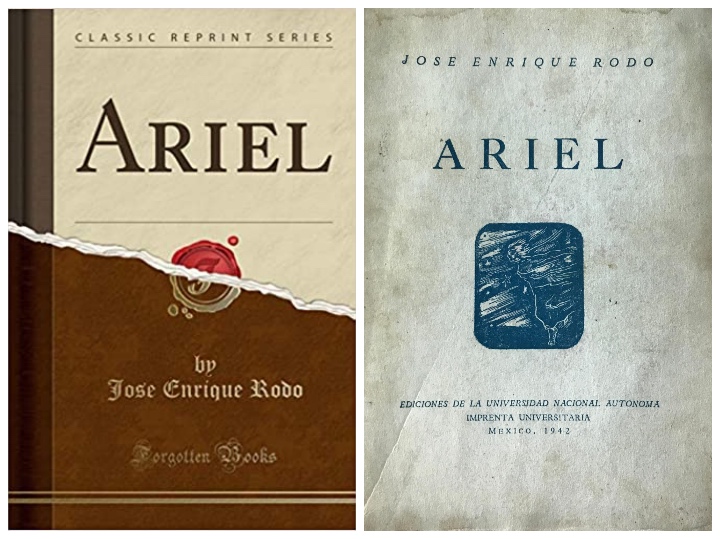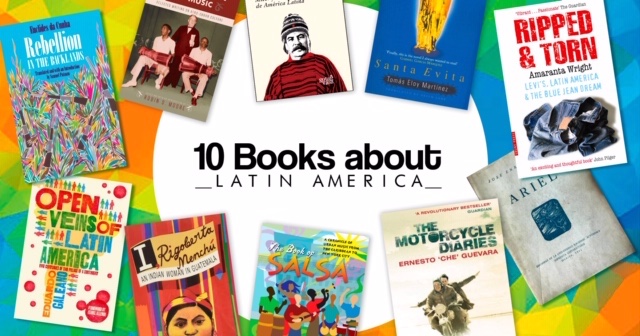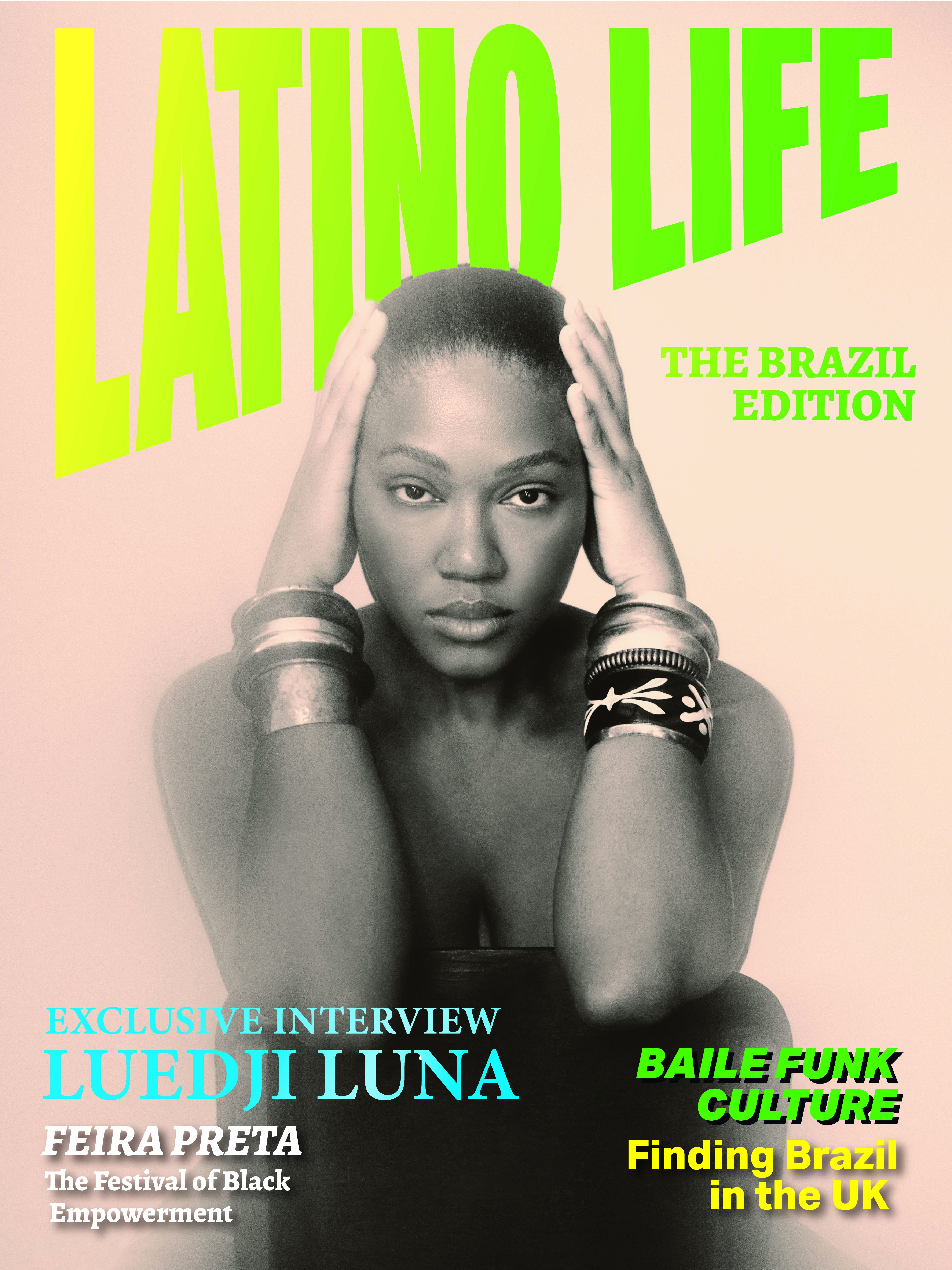1. Las Venas Abiertas de América Latina (The Open Veins of Latin America) by Eduardo Galeano
Uruguayan journalist Eduardo Galeano spent four years researching 500 years of colonial pillage in Latin America. Published in 1971, The Open Veins of Latin America, was soon banned by all the military juntas then seizing power in the Southern Cone, and Galeano was forced into exile. However, the book went on to become a much translated classic, a culturally and politically significant text that described in graphic, non-academic, terms how the legacy of colonial exploitation, by both foreign governments and multinationals, had frustrated the continent’s development. In 2009, when Venezuela’s president Hugo Chávez famously gifted the book to Barack Obama, it became a best-seller all over again.
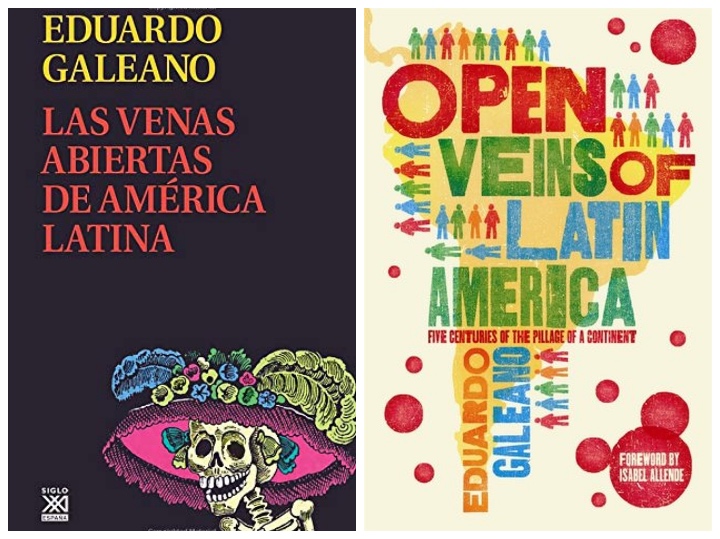
2. Del Buen Salvaje al Buen Revolucionario (From Noble Savage to Noble Revolutionary) by Carlos Rangel
On the other side of the political spectrum from Galeano’s dependency theory is Venezuelan intellectual Carlos Rangel. From 1970, he waged a solitary war against the Left over the real causes of Latin American poverty and institutional backwardness. One of the main arguments in his seminal book published in 1976 was that the revolutions, populism, and state, led by an all-powerful caudillo proposed by the ‘noble revolutionary’ in Latin America was that they continued the faults of the previous systems: pre-Colombian, colonial, and republics. Hence the lives of Latin Americans would worsen under these systems rather than improve. His suicide in 1988 meant he did not live to see the presidency of Hugo Chavez when his ideas were given a new lease of life.
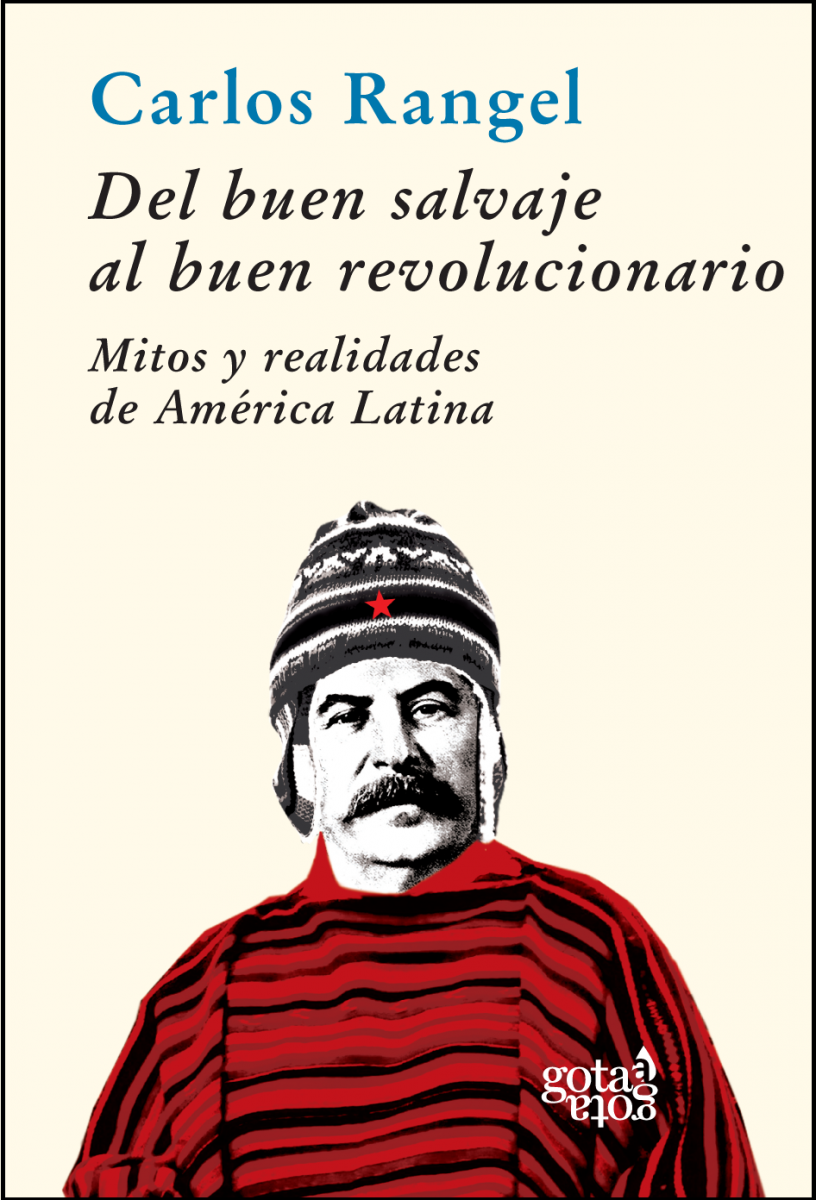
3. Me llamo Rigoberta Menchú y así nació la conciencia (I, Rigoberta Menchú, An Indian Woman in Guatemala) by Rigoberta Menchú
Tape recorded in Paris in1983 by a young peasant leader from the Northern Highlands of Guatemala, this book is part political tract for the liberation struggle, and part description of the daily life of the Maya K’iche people. It is arguably the first account of customs and beliefs by a K’iche since their creational text the Popul Vuh written between 1554 and 1558. Rigoberta Menchú was awarded the Nobel Peace Prize in 1992 for her work in social justice and indigenous rights. Her book sold like hot cakes, and became a seminal text in womens studies, cultural studies, sociology, ethnology, anthropology and politics etc. in universities around the world, both for its intrinsic value and the controversy it provoked.
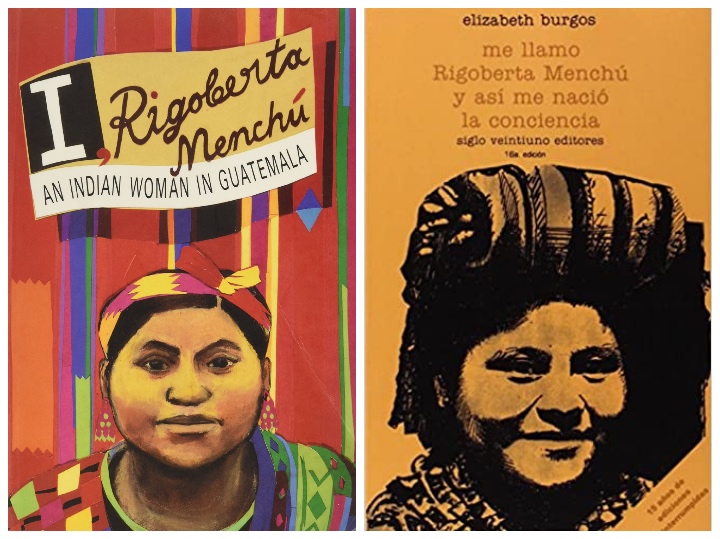
4. El Diario de Motocicleta: Notas de viaje por America Latina (The Motor Cycle Diaries) by Ernesto Guevara
Iconic Argentine revolutionary, Ernesto ‘Che’, Guevara wrote a diary every day of his adult life, chronicling his ideas, hopes and sense of humour. Possibly the most revealing of his diaries recounts his six-month journey through Latin America with a friend on an ancient Norton motorbike in 1951-2. His experiences and the extraordinary people he meets changes him from an adventurous lad taking time off from his medical studies into a man with a developing political awareness and solidarity with the poor. This trip could have been the ‘adventure of a lifetime’ had his short but astonishing life not turned into a much greater adventure.
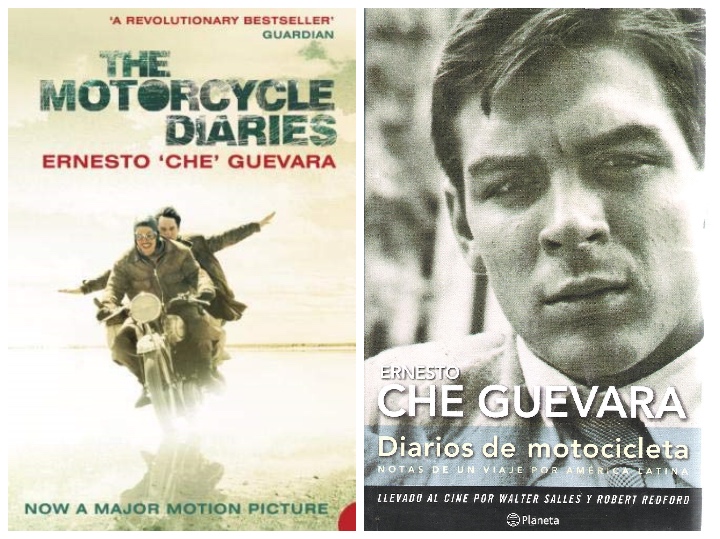
5. Santa Evita by Tomás Eloy Martínez
Argentine novelist Eloy Martínez’s ‘faction’ (blend of fact and fiction) was written in 1995. It centres on the corpse of Eva Perón, wife of Juan Péron, president of Argentina from 1946-55. Idolised by the masses, loathed by the elite, Evita’s death from cancer in 1952, aged 33, provoked an outpouring of public grief and her embalmed body acquired the status of a sacred relic. Fought over by Military and the Peronists, her corpse was hijacked, buried, resurrected, smuggled across the Atlantic, hidden in Spain and Italy, returned, lost again, and finally laid to rest in Buenos Aires’ Recoleta cemetery. Eloy Martinez’s retelling of the twenty-year odyssey of the peripatetic corpse makes fascinating political, historical and surreal reading.
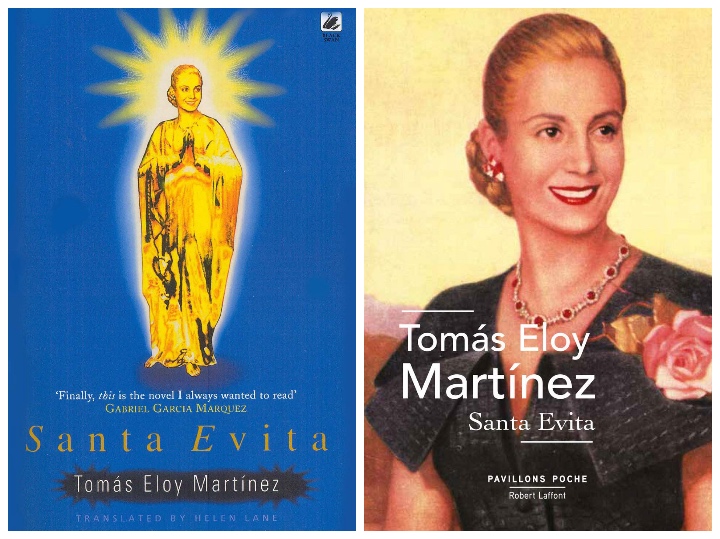
6. Os Sertoes (Rebellion in the Backlands) by Euclides da Cunha.
Published in 1902, Brazilian journalist da Cunha mixes science and literature to narrate the story of a war that took place at the end of the 19th century in Canudos, a commune in the Sertao, a large arid region in northeast Brazil, known for its struggles against poverty, drought, and political corruption. During the 1893–1897 war against the Brazilian army, the oppressed sertanejos were commanded by a messianic leader called Antonio Conselheiro. They won many battles but were finally brutally stamped out. Throughout the book, da Cunha reflects on the then polemic of ‘Civilization and Barbarism’; civilization being the progressive modernity of the embryo Republic, and barbarism the irrationality of the mixed race ‘uncivilized’ peoples (similar to Sarmiento’s book ‘Facundo’ in Argentina). The insights and humanity da Cunha brings to the wider debates of the day (Social Darwinism/Positivism) have made his book a cornerstone of Brazilian literary and political culture.
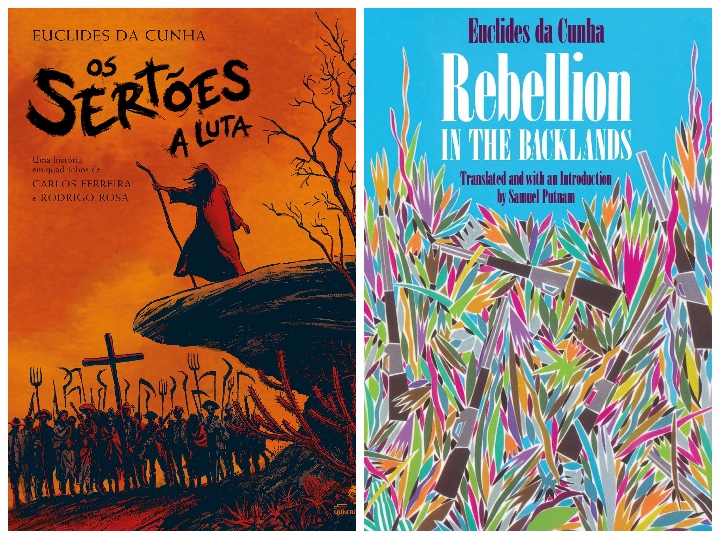
7. Ripped and Torn: Levi's Latin America and the Blue Jean Dream (Desgarrados, Hechos Trizas) by Amaranta Wright
This Argentine-born journalist thought she’d landed her dream job. She was sent by jeans giant Levi’s to the continent she loved to carry out interviews with young people. However, as she got to know her interviewees she realized she was adding nothing to their lives, stealing their youthful idealism, romantic dreams and creativity and turning them into graphs and bullet points for Levis to manipulate and increase its market share. These encounters changed her, and she began writing an alternative report which turned into this thoughtful, funny, beautifully written, highly entertaining and politically incisive book. Written originally in English, It is a book about the arrogance with which we in the West refer to 'developing' continents, the developed world's overarching desire to turn people into consumers, and the often insidious methods employed to this end. It is about what happens when indigenous voices are silenced by corporate vision.
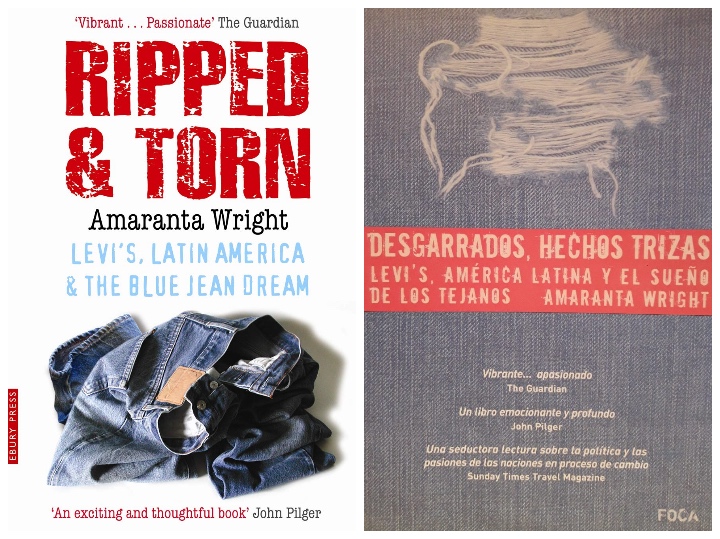
8. On Music by Fernando Ortiz
One for the music lovers. Recognized as one of the most influential Latin American authors of the twentieth century Fernando Ortiz (1881–1969) helped establish the field of Afro-diasporic studies. These essays on Afro-Cuban culture, music and dance charts the writer’s changing views of black heritage through the years. This comprehensive anthology, which includes examples of his early scholarship as well as publications from the 1940s and ’50s, extends the life and legacy of this important scholar of Latin American and Caribbean music.
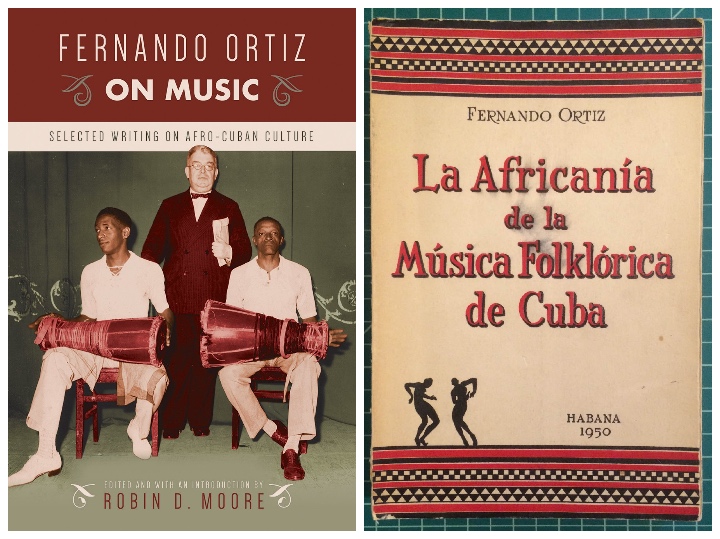
9. El Libro de la Salsa (The Book of Salsa) by Cesar Miguel Rondon
Rondón tells the engaging story of salsa's roots in Puerto Rico, Cuba, Colombia, the Dominican Republic, and Venezuela, and of its emergence and development in the 1960s as a distinct musical movement in New York. He presents Salsa as a truly pan-Caribbean phenomenon, emerging in the migrations and interactions, the celebrations and conflicts that marked the region. Although Salsa is rooted in urban culture, Rondón explains, it is also a commercial product produced and shaped by professional musicians, record producers, and the music industry.
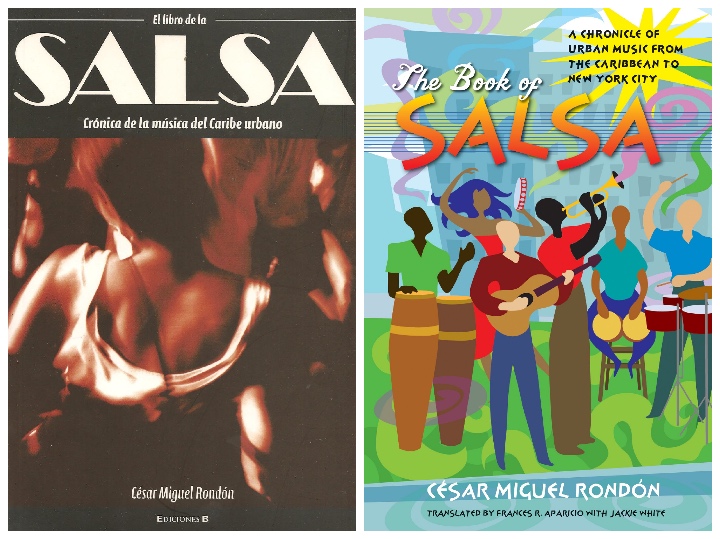
10. Ariel by José Enrique Rodó
The period leading up to the Mexican Revolution heralded nationalism, anti-imperialism, socialism and agrarianism as the dominating ideas of Latin America’s political thought. One of the major expressions of this was a long essay by Uruguayan journalist and politician, José Enrique Rodó, published in 1900, in which he criticizes the utilitarianism of North America while exalting Latin America’s ethical and aesthetical values. He shows his ontological distrust of the North by lauding supposedly ‘spiritual’ values against ‘material’ ones”, and entreats Latin America’s youth to adopt the cause of the classical western tradition. Hence, the article’s title, drawn from Shakespeare’s ‘The Tempest’. Ariel, ‘an airy spirit’, according to the Elizabethan play’s dramatis personae, represents Latin America while Caliban, ‘a savage deformed slave’ represents the US.
